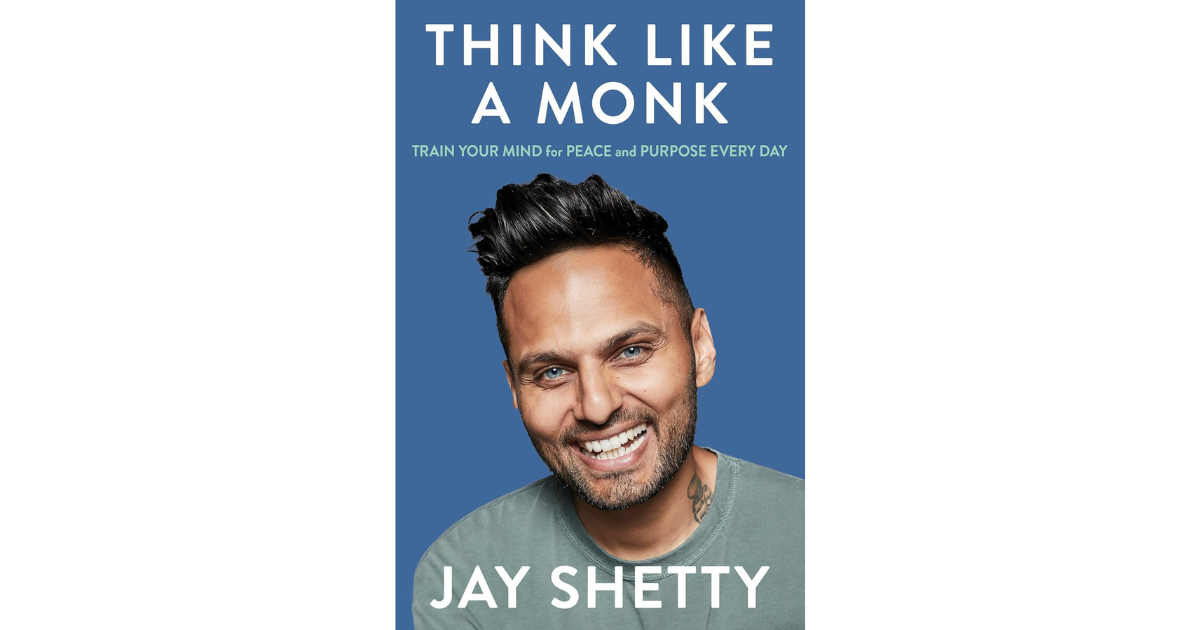How I Hardwire New Habits to Stick to Them Consistently
Habits are how you reverse-engineer your vision for your personal brand and personal life into your daily reality. But, how do you stick to them? I’m sharing what’s worked for me.
There’s no time like a new year to create new habits. Nothing can quite move your motivation more than the change of a calendar year.
In Dan Pink’s book When, he highlights a study of Google searches that revealed the word “diet” always soared on 1 January. This was by approximately 80 percent more than other days. But, it didn’t stop there. Searches also spiked at the start of the month, the first day of the week and the day after national holidays. “Firsts” are a switch that powers people’s motivation.
However, motivation can be tricky to manage all year-round. Here’s how I’ve learned to create new habits and stick to them in the long-term:
1. Start tiny
The book, Tiny Habits, by BJ Fogg highlights the importance of starting small with your habit goals. He says instead of berating yourself for lacking motivation, be aware of the perils of motivation:
“Big spikes of motivation are awesome for doing really hard things — once.”
Motivation and willpower alone are natural movers, which makes them unreliable allies. Fogg says:
“While small might not be sexy, it is successful and sustainable. When it comes to most life changes that people want to make, big, bold moves actually don’t work as well as small stealthy ones.”
If you want to start reading regularly, for example, start by reading one page a day. Leave yourself wanting more.
Fogg proposes that instead of focusing on motivation alone, add another two components to form three important ingredients of habits:
Motivation
Ability
Prompt
Attach the new habit that you want to a prompt. This is similar to the idea of habit stacking James Clear shares in Atomic Habits. For example, when you finish your morning walk, what is the very next thing you do immediately after this? When you first open your computer, what do you do next? What do you do after you close your computer for the day? I personally use this as my prompt to habit stack practising the piano.
2. Schedule the exact time into your routine
One of the habit ‘prompts’ I found that has had the greatest impact on my habits is the prompt of a specific time. For example, what exact time do you start recording your weekly video? What time do you write daily? Ideally, you’d schedule the same time every day, but if you need to, ensure added flexibility to account for your varying schedules on different days. For example, for your desired daily habit, maintain a schedule around your weekly Tuesday night basketball game.
3. Opt for the optimal time
Circadian rhythms are our internal biological clocks that regulate various bodily functions, including sleep-wake cycles. Last year, I started learning more about the body clock and when the optimal time to do things is. I now have a body clock graphic on one of my Pinterest boards. When I learned that peak attention occurs at 10 am in the morning, I scheduled my diary to ensure I was writing during this time. When I learned that coordination was in its prime in the afternoon, I scheduled my video editing at this time.
While it’s worth learning about the body clock, remember everyone is different. Research into human sleep patterns supports the idea of you being either a “lark” or an “owl”. Larks go to bed early and wake up early. Their peak performance is in the morning. Owls go to bed late and wake up late, and their peak performance is in the evening and night. These differences are influenced by environment, lifestyle factors or genetics. Pay attention to what times work for you and what doesn’t. Experiment your way to your optimal schedule.
4. Pick a place
In his book, Put Your Ass Where Your Heart Is, Steven Pressfield highlights how to fight Resistance - that’s Resistance with a capital R. Resistance wears many guises. Manifesting itself as procrastination, fear, self-doubt or self-sabotage. But, by putting your physical body where the work is to happen, that’s how the magic is made, and the muses, aka inspiration, know when and where to meet you every day.
Pressfield says:
“Magic happens when we put our ass in the same space with other dreamers who have already put their asses there.”
5. Group like tasks together
Time block your tasks with your brain in mind. Group left-brain tasks together and right-brain tasks together. Left-brain tasks are typically logical. While your right-brain tasks are more creative. Ease the strain on your brain by avoiding excessive switching across your brain’s sides. Get into a flow state on one side, then, preferably after a break, use the other side.
6. Put your habit into your personal plans
To hardwire your habits, think on paper. Put your habits into plans. Turn a daily habit goal into an official element of your plans. If you follow this blog, you’ll know I’m a big fan of the 12 Week Year, which helps you rewire your brain to take all the motivation of a new year and distribute it across the entire calendar year.
Willing your way to a new habit is very different to putting it into an action plan. Ten times different, in fact. Research from Harvard University showed that only 3% of adults had written goals with plans to support them. Ten years later, they out-earned their peers by, on average, 10 times!
7. Use visualisation
The more ways you can remind your brain of your desired outcomes, the better. Visualisations tell your brain what you want it to focus on. As I’ve shared in previous blogs, create a vision board that highlights your habit goals. Keep it somewhere you can review regularly. Create sub-mood boards relating to your habits and goals. For example, I have a mood board showing yoga poses I aspire to master. Dig into the details of your habit.
To reinforce your visualisation, create seasonal vision boards and mood boards to remind you of your goals all year round.
8. Speak like you already have the habit
Act like you already have your habit. Speak it in the present tense. This has long been what goal-setting gurus do best. For example, instead of saying, “I will”, try “I am”. Dr. Joe Dispenza’s book, Breaking the Habit of Being Yourself, highlights the importance of tapping into your potential as opposed to just your current reality and matching the energy you want to create.
If you keep a journal, try writing your desired habit like you’re already the person who has mastered your habit goals. If you say affirmations, use the present tense.
Decades on, the ‘Morning Pages’ daily journalling technique Julia Cameron shared in her book The Artist’s Way is still loved by many. It suggests a steady stream of writing until you’ve filled three pages. Tapping into your subconscious. I recently tried my own version of this and used the opportunity to speak in the present tense.
9. Keep your commitment to yourself
Remember, Resistance wears many guises. It might be the relief you feel when something comes up unexpectedly - meaning you can’t keep your commitment to yourself. Honour your habits in your schedule. Life happens, and it can sidetrack your habits. But, learn to distinguish between important disruptions and urgent ones. If you must cancel your date with yourself, be sure to schedule right away. Too many missed daily habits can topple your progress. Commit to not breaking the chain.
If you’re using the New Year to create new habits for your personal brand and personal life, I wish you all the best in sticking to them in the long-term!




